
This review contains some minor spoilers.
Suicide Squad has always been a fan-favorite concept, and last year’s blockbuster – a box office hit in spite of critical reviews – has only encouraged that. In the wake of the movie, though, the comic’s focus has gradually narrowed in on possibly the most fascinating character of them all: Amanda Waller. Played by Viola Davis in the films, Waller is the mastermind behind Task Force X, the woman who commands the Suicide Squad. She’s a subject of real controversy, as often an antagonist as an ally, and her past is shrouded in secrecy. That veil of mystery gives writers so much to work with, though.
Suicide Squad #11 launches an arc that promises to continue that relentless focus, ominously titled “Burning Down the House.” It’s set in the aftermath of Justice League vs. Suicide Squad, with Waller now facing disgrace. But there are more ominous threats than an internal investigation; someone is trying to tear down Waller’s legacy, to destroy everything she has ever cared about, and even the great Amanda Waller seems powerless to stop them.
The issue is split into two chapters, both written by Rob Williams. The first chapter sets the scene, with an exhausted and battle-weary Suicide Squad still campaigning against the Annihilation Brigade. At the same time, one of the Squad – Hack – is still working alongside Waller, helping her keep up-to-date on her enemy’s campaign. The second chapter features a half-drunk Waller breaking into Belle Reve in a moment of weakness, and soon she’s ferried off to Chicago. The close of the issue takes a dramatic twist, one that’s sure to transform the Suicide Squad’s status quo.
“Burning Down the House” feels like your traditional ‘revenge motif’ plot, with an enemy Waller has crossed striking back in vengeance. There’s nothing overly spectacular about it, but the idea’s perfectly serviceable, and a woman like Amanda Waller will inevitably have made a lot of enemies. Unfortunately, though, the sad truth is that only Amanda Waller and Harcourt really carry a consistent sense of character in the script, with the Suicide Squad themselves often feeling more like cliches than characters. Boomerang in particular needs to progress from lazy Australian ‘Kylie’ references.
That’s not to say there aren’t some good character moments; part 2 sets up a potential romance between two members of the Suicide Squad, and that’s carried out in quite an entertaining way. But that moment stands out precisely because the rest of the comic’s characterization falls pretty flat.
One of the most fascinating sides of the issue is that each of the two chapters has a different artist. You can immediately recognize John Romita Jr.’s rather blocky style in chapter 1, and while there are some books that the artist seems perfectly suited to, such as Superman, sadly, Suicide Squad isn’t one of them. Many of the action scenes feel slightly static, with no real sense of motion or movement, and something about the extreme-weather costumes he gives the Suicide Squad for Tibet doesn’t quite work. He’s not helped by Dean White’s bright color choices either, which don’t fit with the thematic darkness of the book.
In contrast, Eddy Barrows’ art seems pitch-perfect for chapter 2. He works well with colorist Adriano Lucas, whose mastery of shade really gives chapter 2 a sense of intense darkness. The artistic team is firing on all cylinders for the book’s dramatic conclusion.
All in all, Suicide Squad #11 is a serviceable issue that tells a fairly traditional tale. In terms of plot, the issue’s conclusion is promising, and suggests we could see the arc run in some interesting directions. All in all, though, it’s not exactly the strongest start.








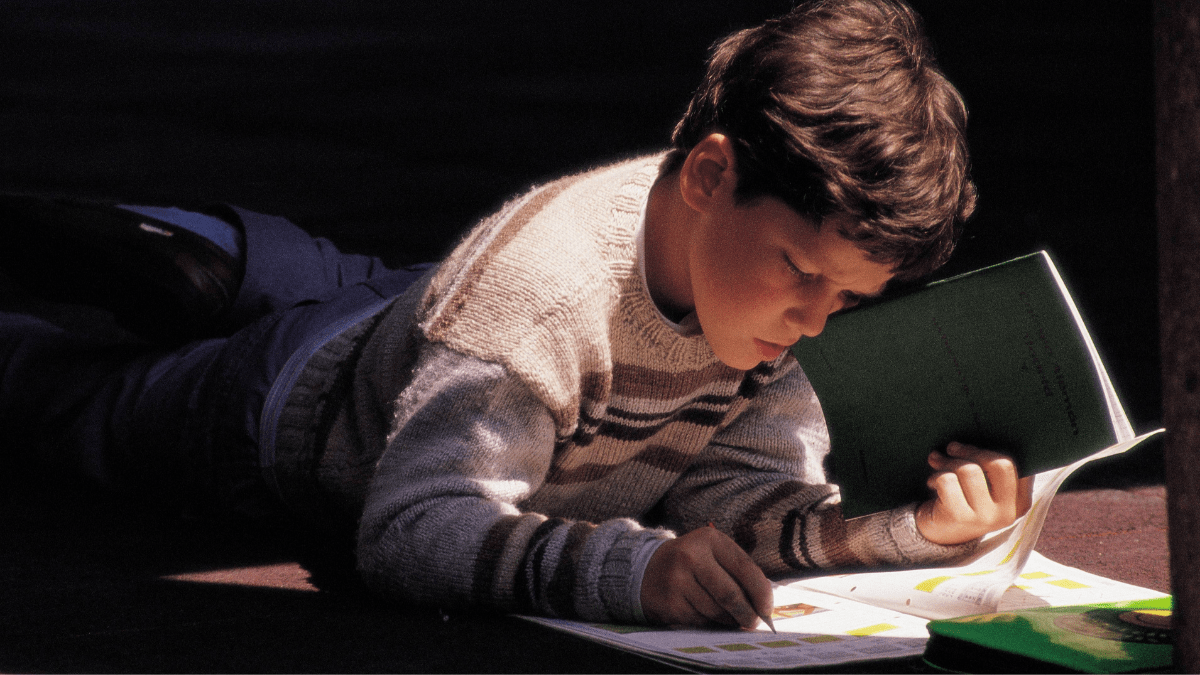
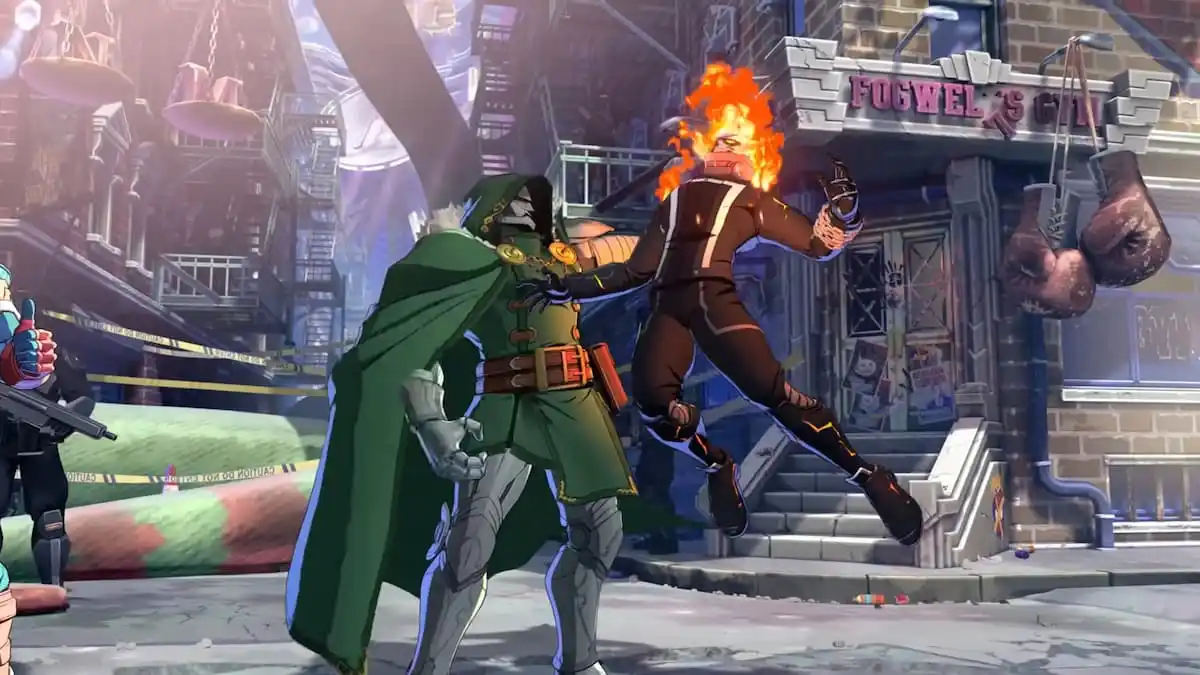


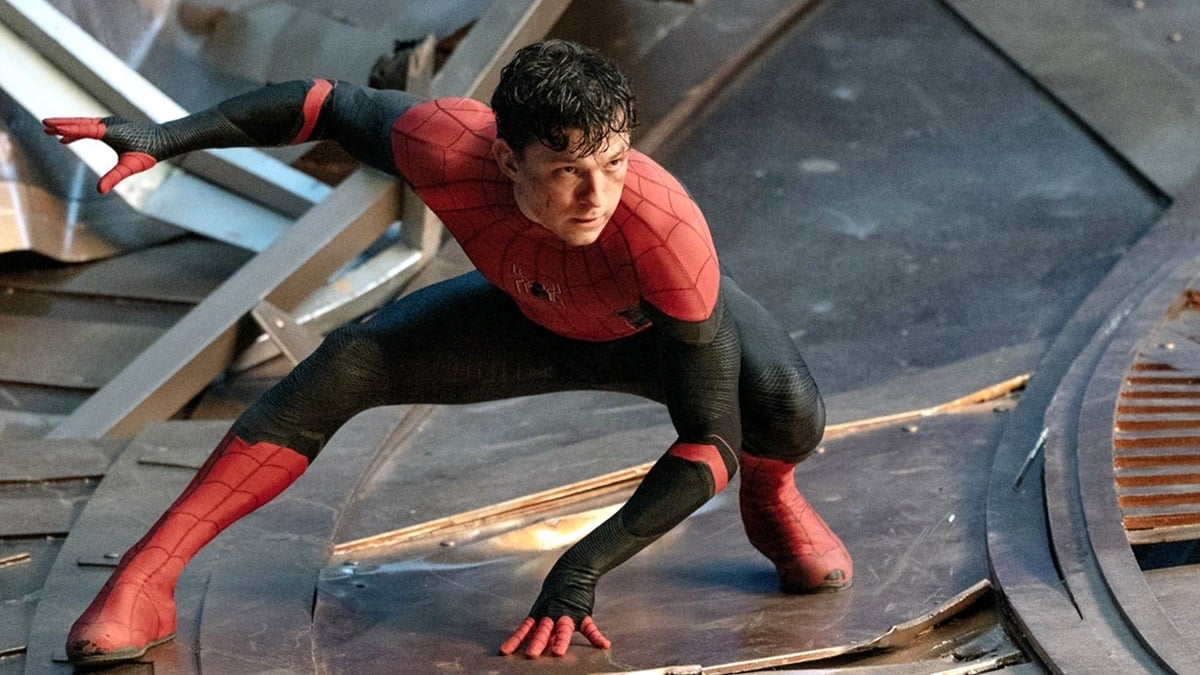
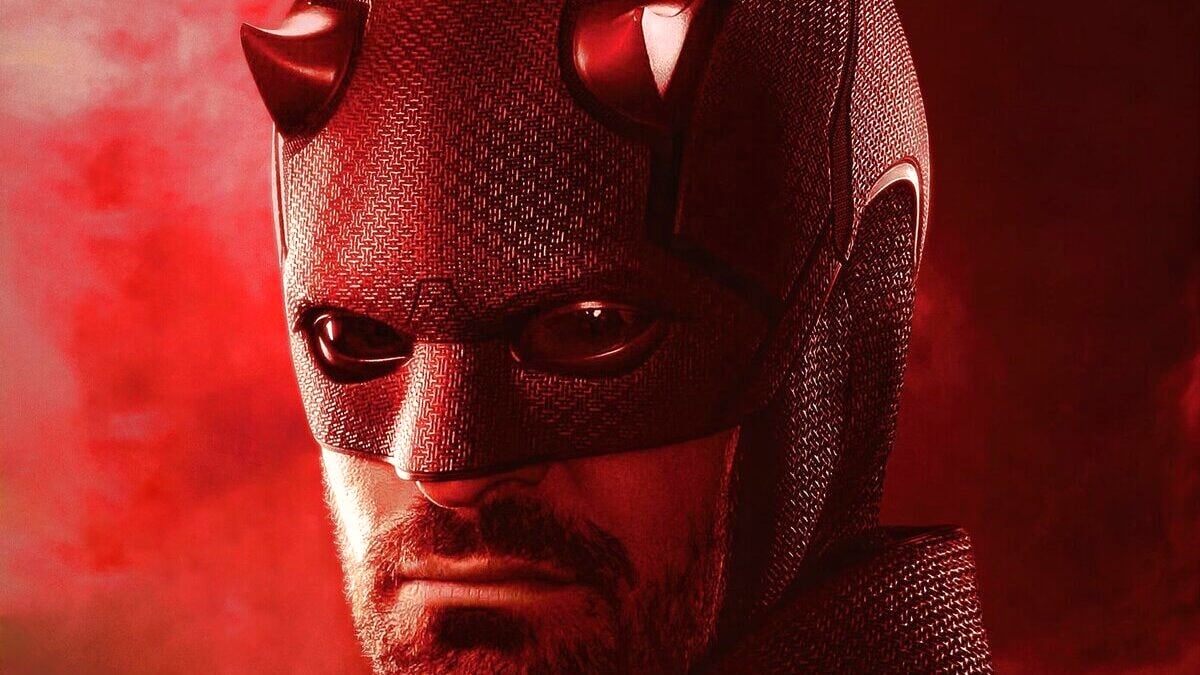
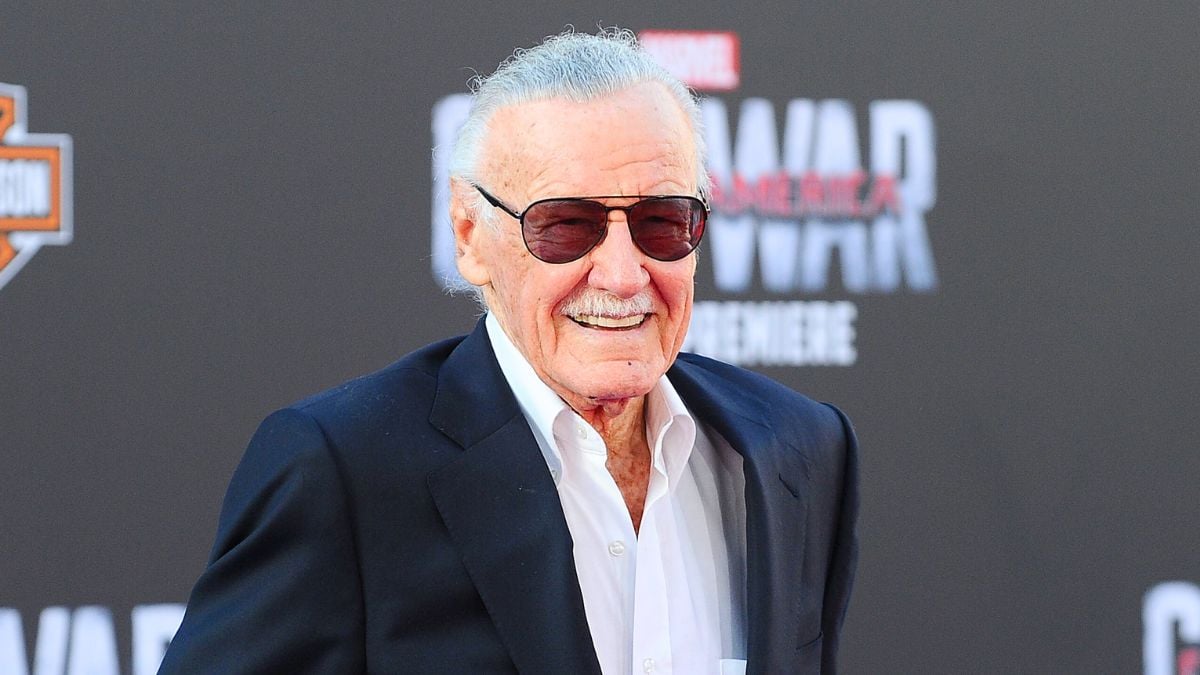
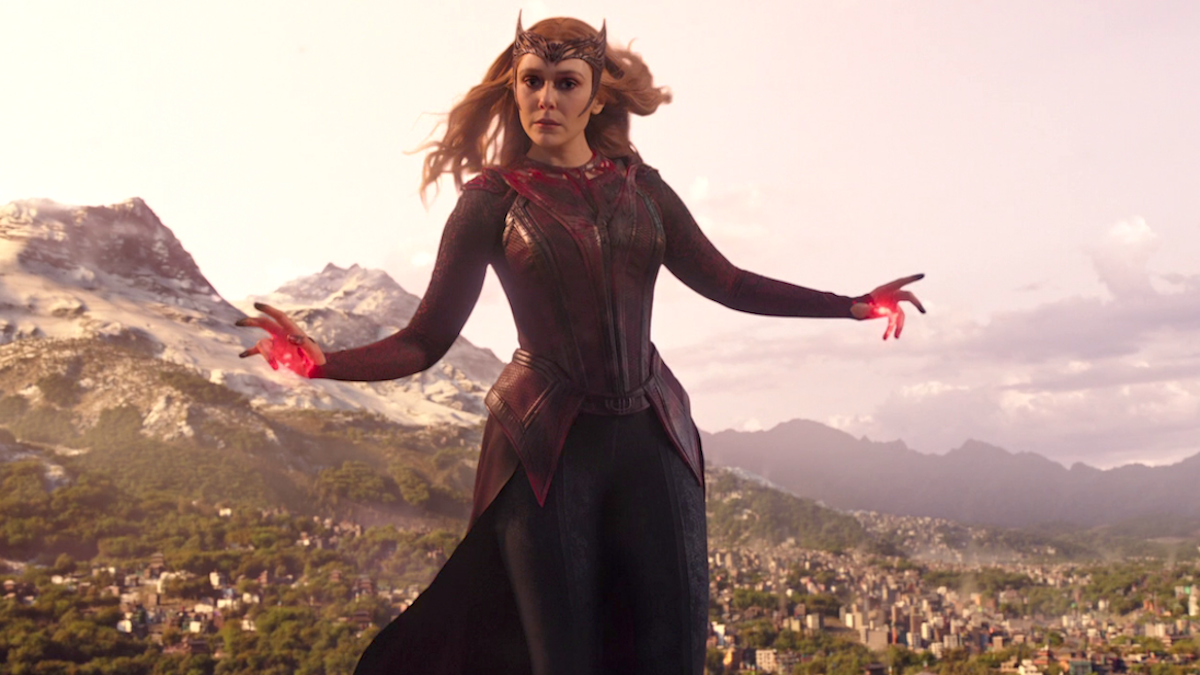
Published: Feb 8, 2017 12:33 pm